Help identify, protect and commercialise IP
The Commercialisation Lead’s role at the CRUK Manchester Institute and the wider Manchester Cancer Research Centre is to help identify, protect and commercialise the valuable and transformative IP that is being generated by our research community. By connecting researchers, clinicians and technicians with the appropriate nodes of a wide and supportive commercialisation ecosystem, the Commercialisation Lead endeavours to help innovators identify the most effective route to research translation and impact.
The ways in which the Commercialisation Lead can help support researchers include:
- To advise researchers on grant applications which request applicants to describe the translational potential of a proposed project
- To identify and protect IP rights once encouraging data has been generated by research
- To support researchers on the road to licensing or spinning out their research so it is effectively translated to the clinic or the market
Roles and responsibilities
Tasked with identifying high-value intellectual property (IP) and opportunities for commercialisation, collaboration and translation arising from your research, the Commercialisation Lead is the point-of-contact for all the research groups and clinicians working within the Partner Organisations of the Manchester Cancer Research Centre, including the CRUK Manchester Institute.
Through dedicated infrastructure, translational funding, commercial partnerships and alliances, and entrepreneurial programmes, we support clinicians and academics in identifying the relevant commercialisation pathways to maximise the impact of their research. This will ensure the creation of new therapeutics, diagnostics, devices, or innovative digital health applications that will ultimately lead to better patient care and improved clinical outcomes both in the UK and internationally.

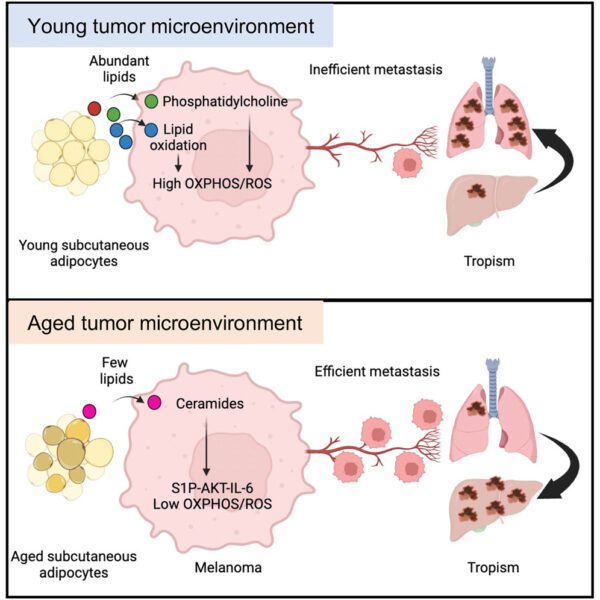
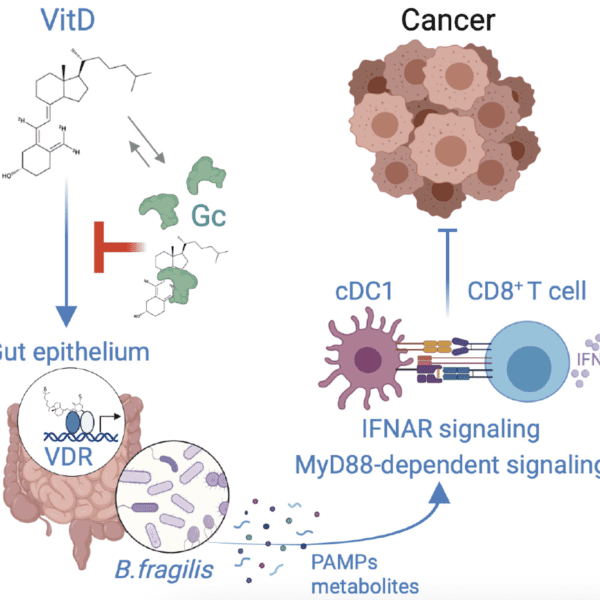
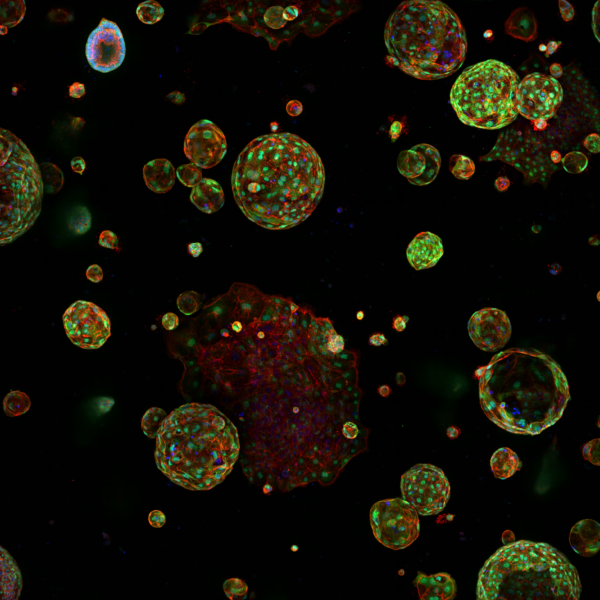

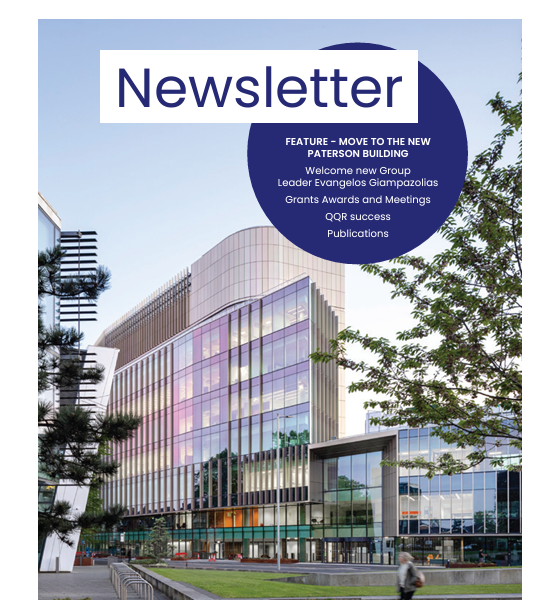
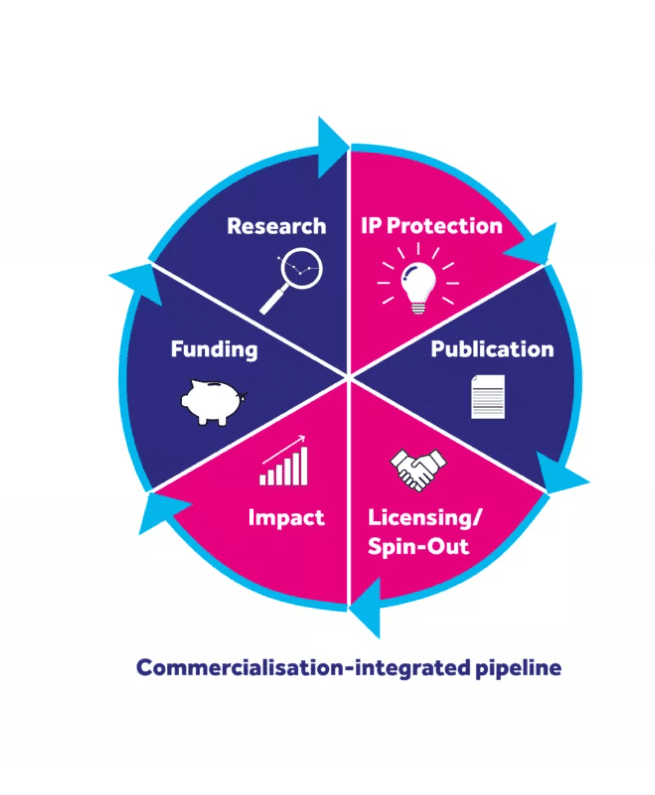
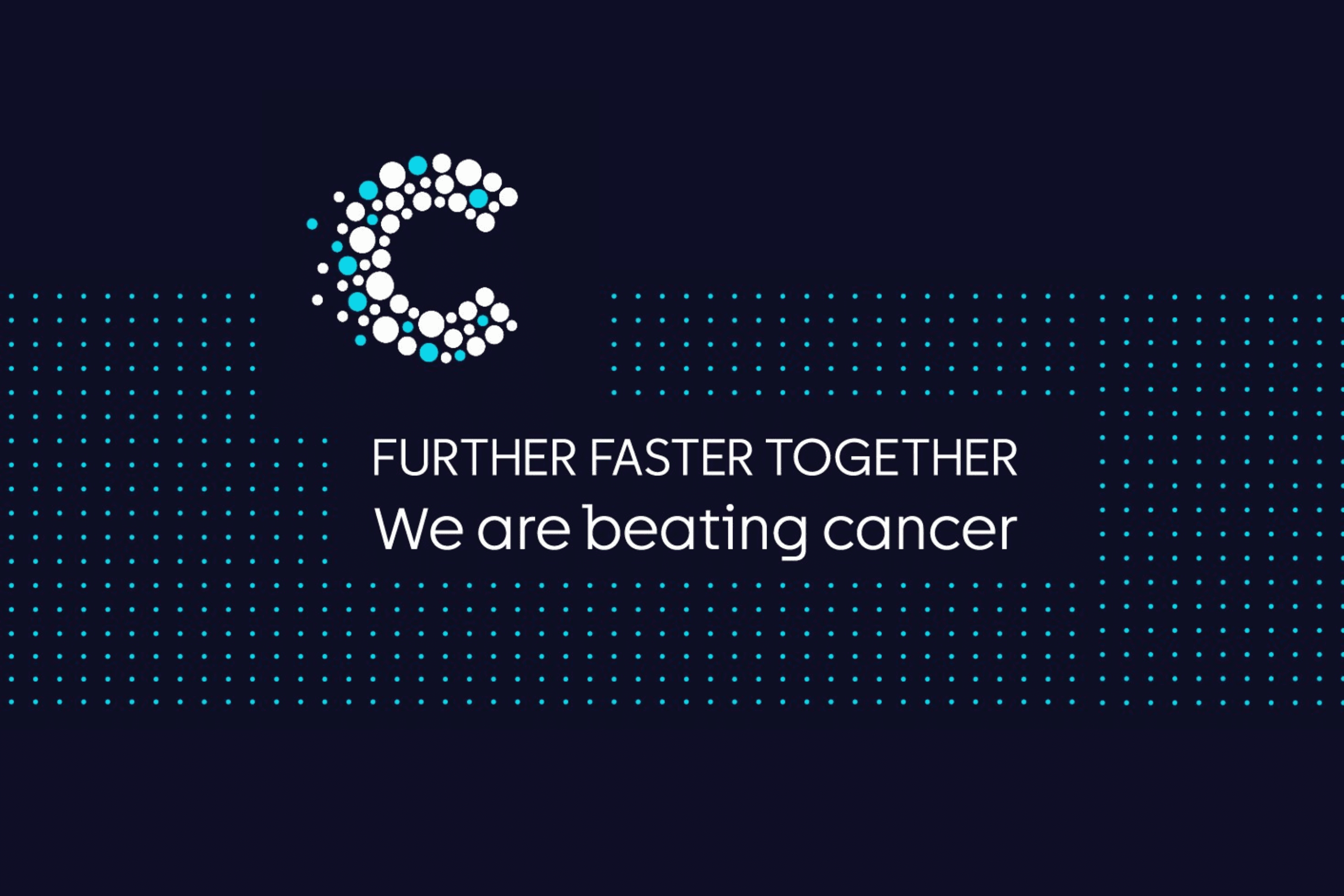

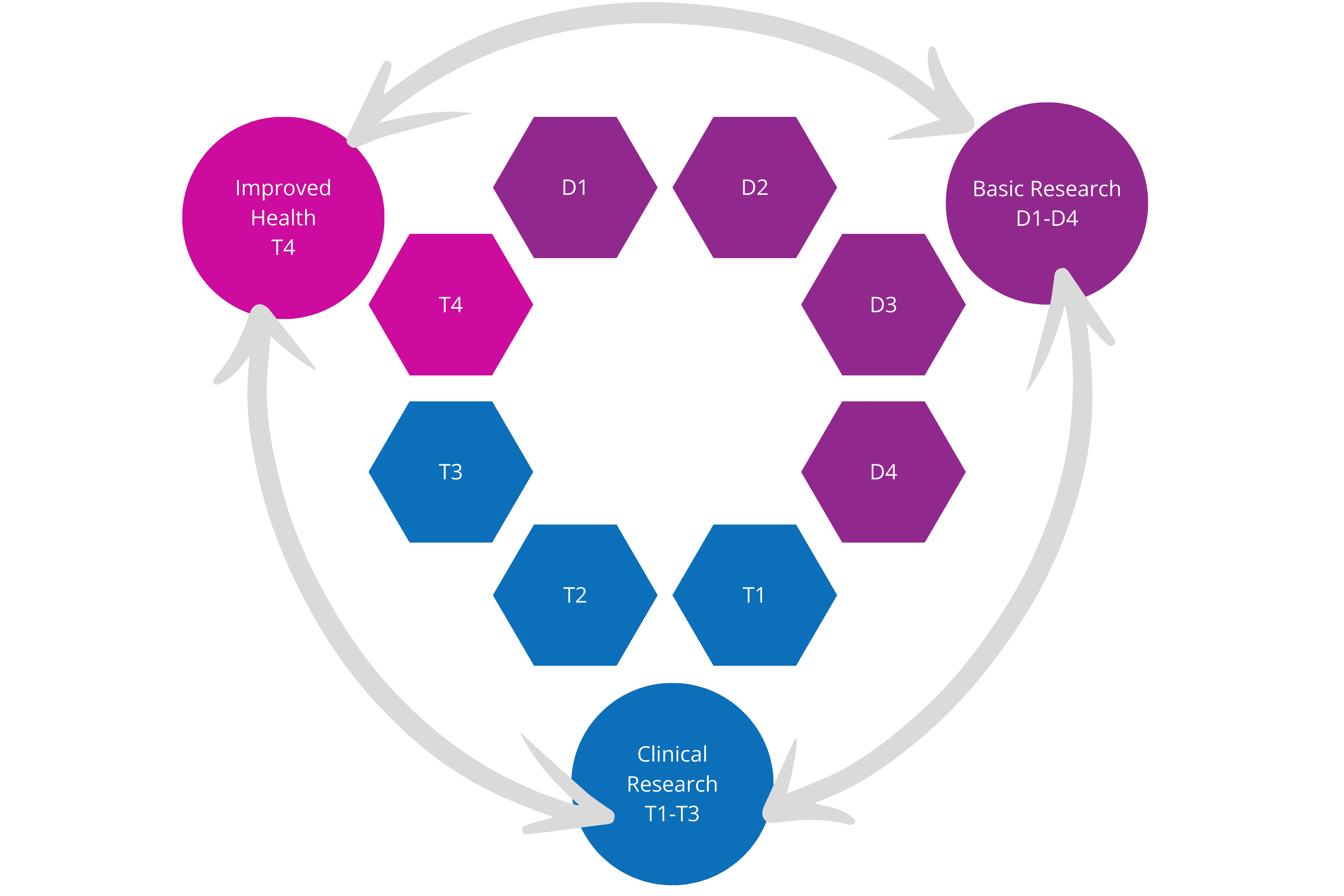
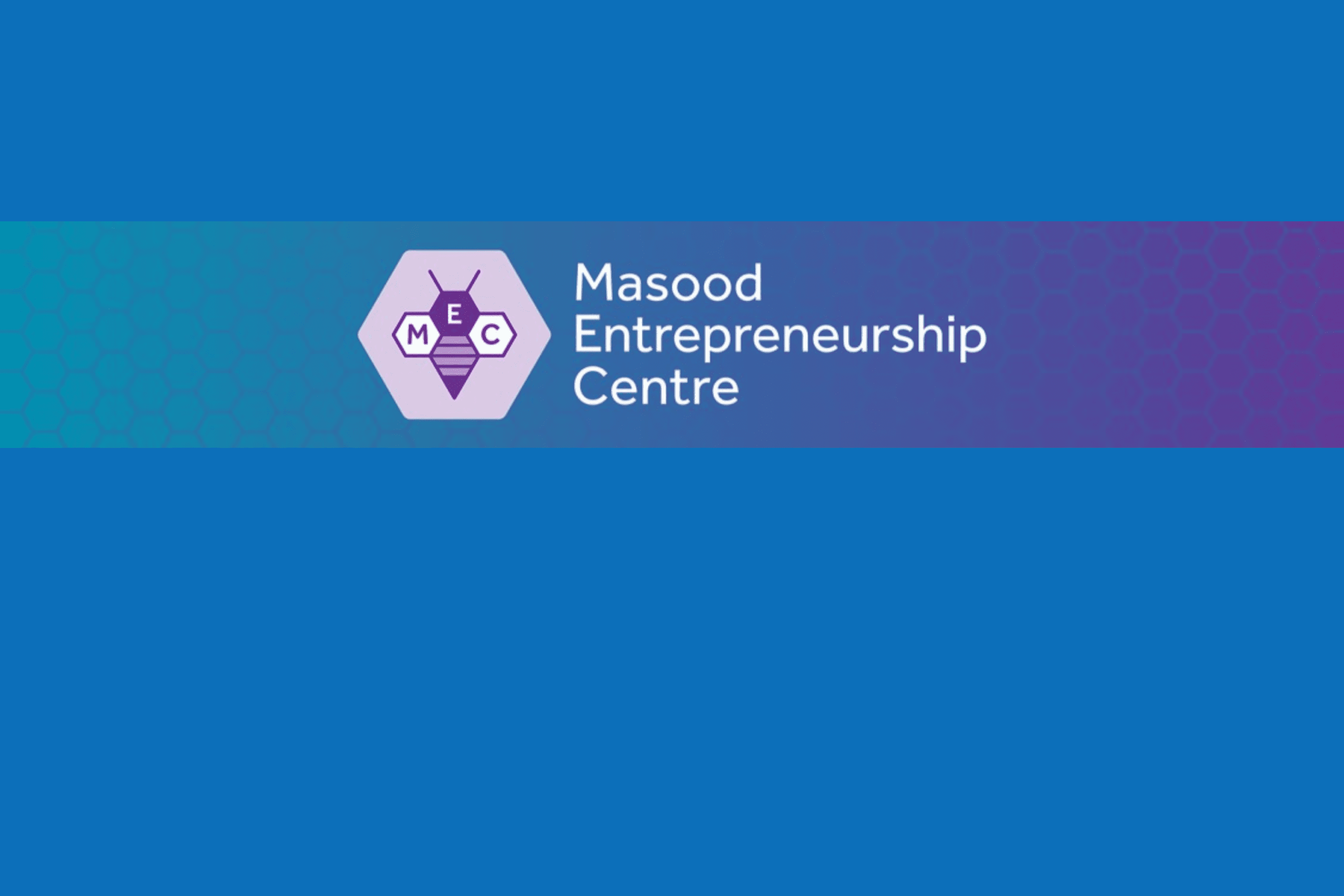
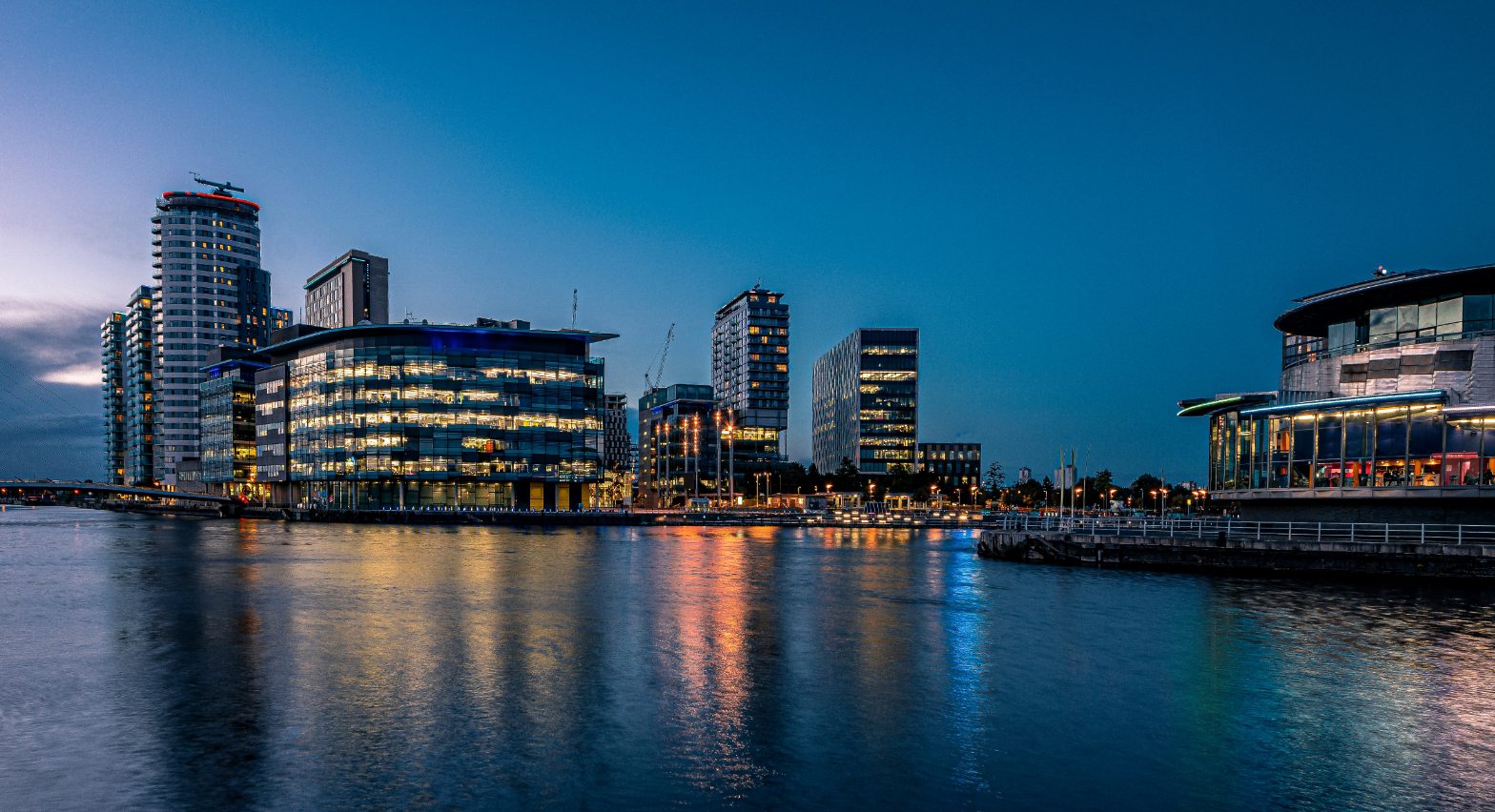
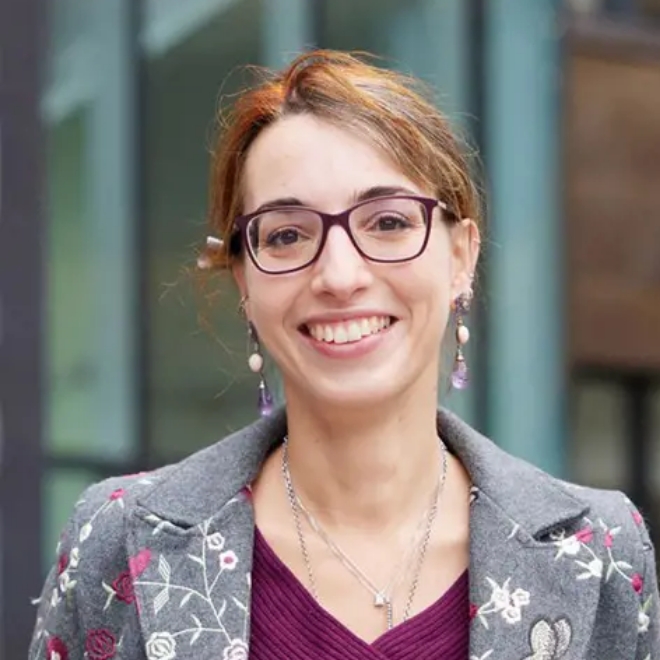

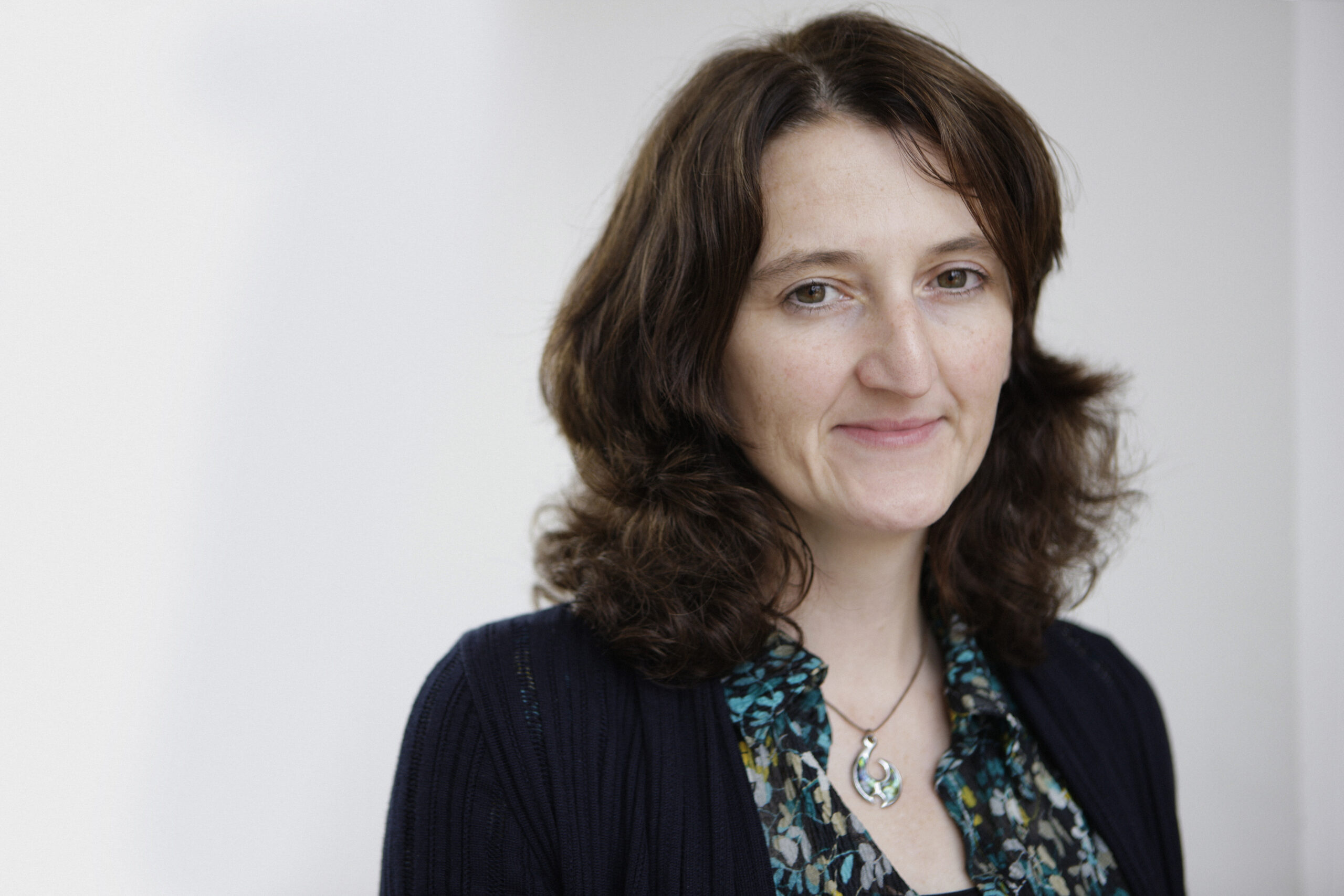
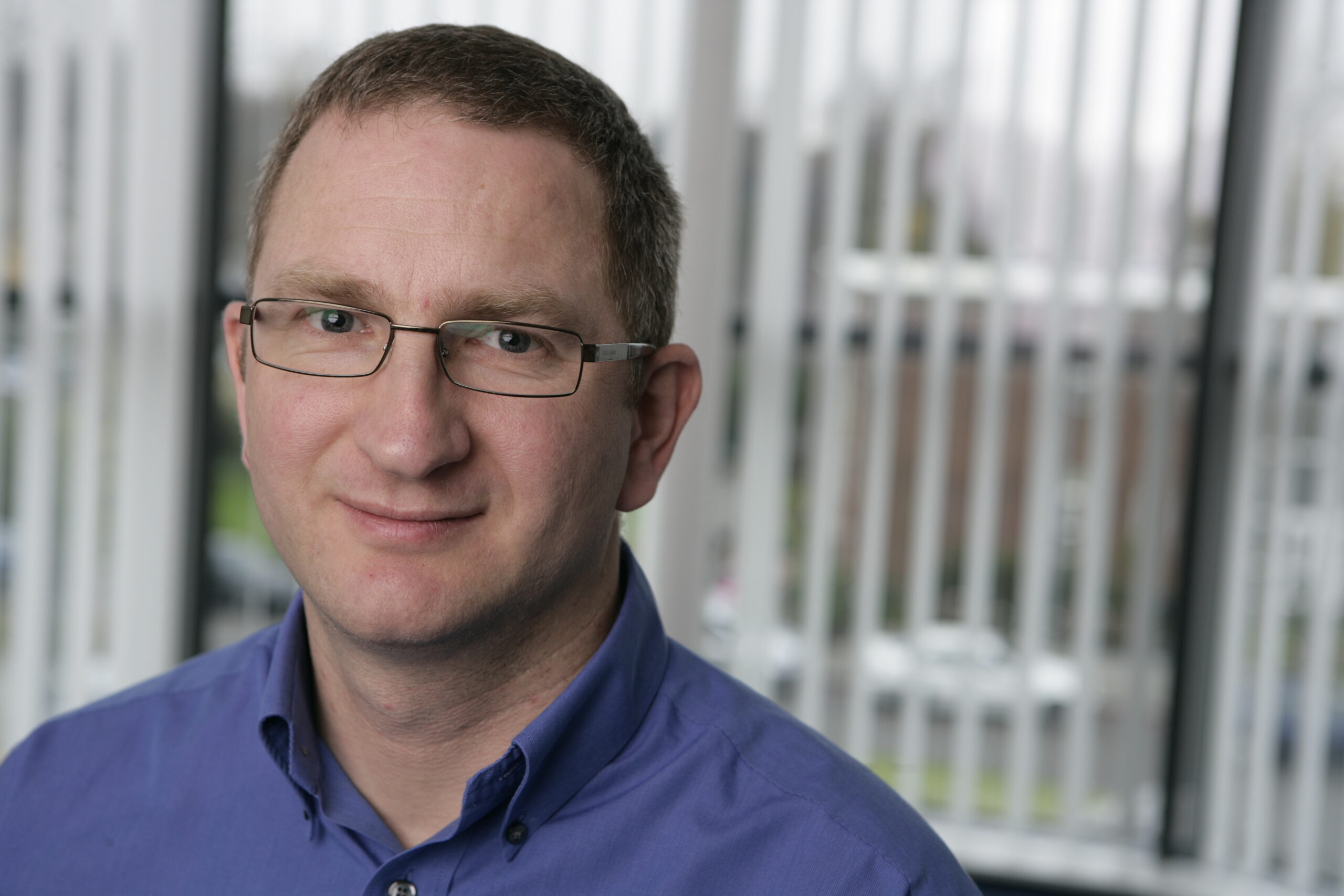
A note from the Commercialisation Lead – Nathalie Dhomen
“One of the most enjoyable aspects of my current role is meeting such a wide range of researchers across different fields and learning about the innovative research they are undertaking. Whether they are developing new medical technologies, therapeutic innovations or AI solutions, I am privileged to get to see projects at the cutting edge of technology.
My ambition is to see these potentially life changing innovations develop from their initial stages, to early offerings or prototypes, all the way through to products and services that can transform the lives of patients and their families. So come and tell me about your latest research – I will always lend a willing ear and seek out ways to support your translational journey.”